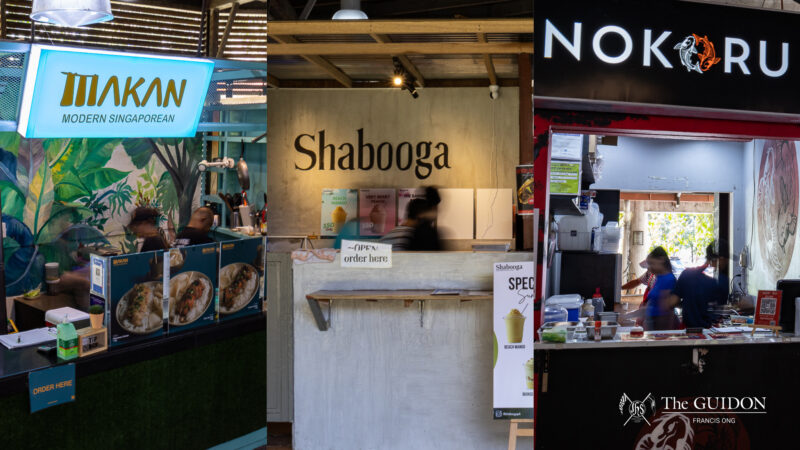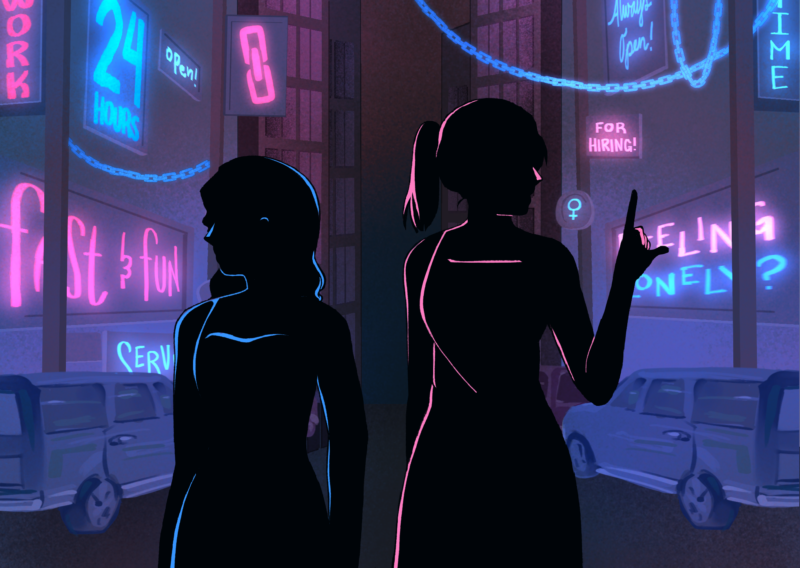A FILIPINO-MADE volunteerism game landed first place in the 2010 Microsoft Imagine Cup World Finals held in Poland in the Game Design Category. It was chosen out of six entries in the final round, 150 entries in Round 2 and 700 entries in Round 1.
Called Wildfire, the game enables players to save the world, through influencing enough people to take part in different causes, from volunteering in public schools to disaster relief which are close to real life situations.
“By Implication”, the game’s designers, consisted of Atenean graduates Philip Cheang (BFA ID ‘10) and Rodrick Tan (BS ME ‘10), Wilhansen Li (V BS Ma), and University of the Philippines graduate Levi Tan-Ong.
The Imagine Cup World Finals was held last July 3 to 8.
IT Olympics
The Microsoft Imagine Cup is an annual student competition that challenges students to solve the world’s problems by means of software design, game design and digital media, among others.
Dubbed the “Olympics of [Information Technology] Students,” the Imagine Cup challenges the students to create solutions for the eight United Nations Millennium Development Goals (MDGs), which are world problems that needed to be solved by 2015.
Some of these MDGs include eradication of hunger and poverty, combating diseases, achieving universal education, and ensuring environmental sustainability.
Cheang said that the Imagine Cup shows that “technology can be a very strong tool in solving the world’s toughest problems.”
Meanwhile, Tan said that new ways of looking at the problem are needed in order to create technology, something that the Imagine Cup encourages. “If you create something commercial, you’ll not necessarily get something that solves problems,” he added.
Ondoy-inspired theme
The team was no stranger to the Imagine Cup. They joined the 2008 and 2009 competitions under the Software Design category, but failed to place in the semi-finals.
This time, they joined the Game Design category after seeing plenty of opportunities. One of these opportunities was the gap between games and possible ways of concretely solving world problems.
Wildfire addressed this gap by having a volunteerism theme, inspired by the activities that happened during Typhoon Ondoy.
“One of the things that came out of [Ondoy] was [the] outpour of public support and volunteerism. And there [were] a lot of ad hoc organizations that came together just to address this calamity,” Cheang said.
Another feature of the game was a display of information on organizations that are related to a certain cause.
“When you play the game, you’re also encouraged to [volunteer] in real life,” Tan added.
Third time’s the charm
The team has joined the competition for three years already, so Cheang said that the team was ecstatic about winning.
“[Winning] validates the hard work that we put into designing and making the game. We think that games can be an effective medium for conveying ideas, and this is our first step towards seriously pursuing game design professionally,” he said.
Tan, meanwhile, said that Wildfire is a starting point for the team. “I guess it gives us publicity, while at the same time, it will help create social change.”
New formulas
The creation of Wildfire started in January, but not without setbacks.
Aside from balancing the creation of the game with their thesis and other schoolwork, the team had to deal with Wildfire not being part of a specific game genre.
“The thing with working with particular genres is that you already have a formula; you don’t have to think much. But in our case, it’s really something new,” Tan said.
“That was a challenge, from how we make it accessible and challenging at the same time,” Cheang added.
The group has no plans of selling or commercializing the game, but Cheang said that they plan to create their own game design or software development company.Volunteerism game wins Microsoft world tilt






